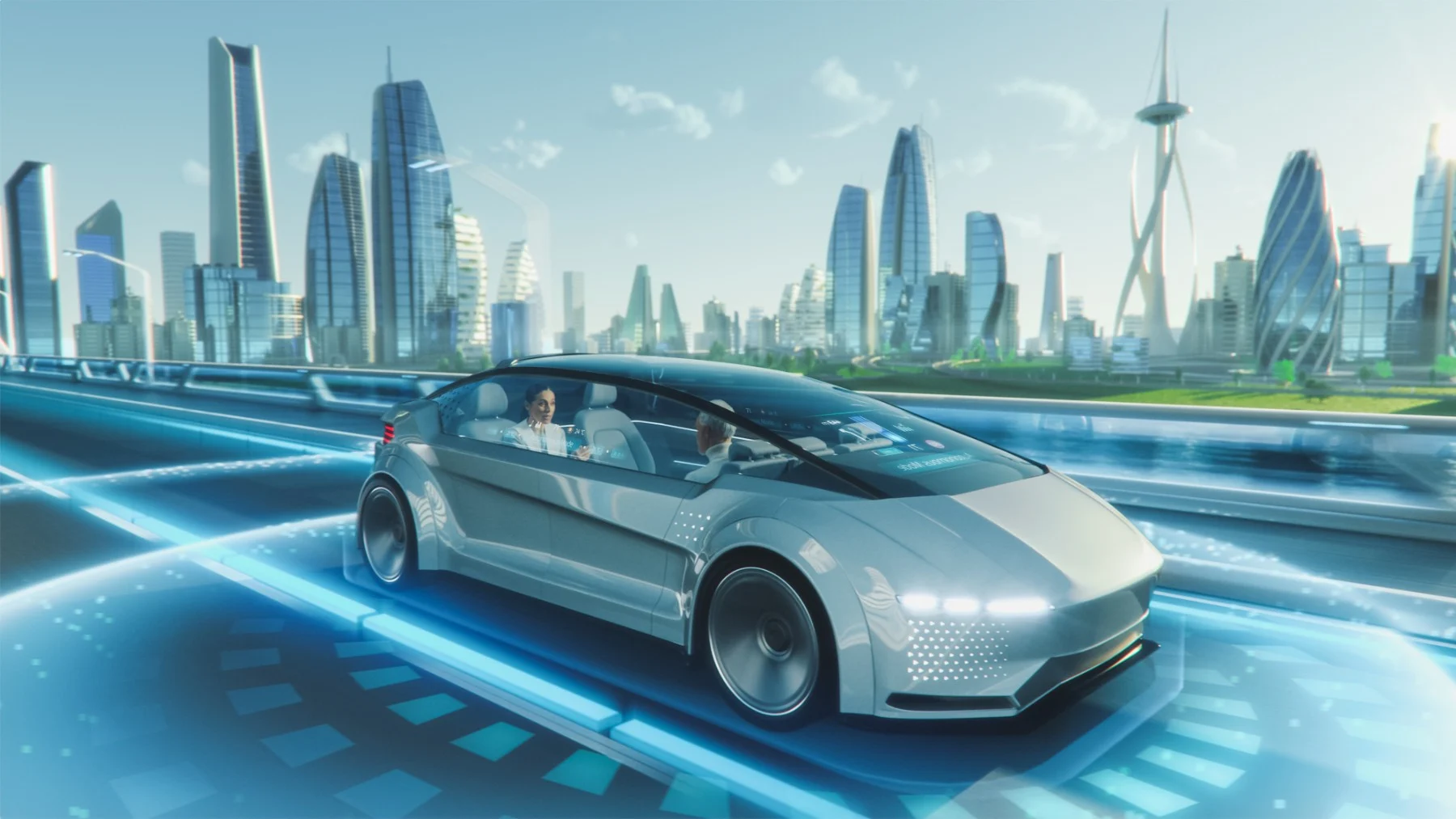Electric Mobility as a Change Engine in 2025
Electric Mobility as a Change Engine in 2025

Electric mobility continues to accelerate its path to the future, consolidating itself as one of the most promising solutions to today’s environmental and energy challenges. This 2025, the panorama of electric vehicles (EV) is full of technological advances, changes in the market and new opportunities for users and companies.
1. Growth of the electric vehicle market
In recent years, VE sales have exceeded expectations, with a global increase of more than 35% per year. Forecasts indicate that, by the end of 2025, one in five vehicles sold will be electric, driven by stricter government regulations and the commitment of manufacturers to offer more electric models.
Prices are also decreasing thanks to battery innovation and mass production, making electric mobility more accessible to a wide audience.
2. Technological advances in electric vehicles
EV technology is evolving by leaps and bounds:
- Solid-state batteries: They promise higher energy density, shorter charging times and a longer useful life.
- Greater autonomy: The new EV models already exceed 500 km of autonomy per charge, eliminating the “autonomy anxiety” of users.
- Autonomous driving and connectivity: Many EVs include advanced driver assistance features, preparing for a fully autonomous vehicle future.
3. Expanding recharge infrastructures.
The deployment of cargo infrastructure is essential for the growth of the sector. This year a record investment is expected in the installation of charging points, with commercial and urban areas.
In addition, smart charging systems are gaining popularity, allowing users to program charging at times of lower energy cost or take advantage of renewable sources.
4. Benefits of electric vehicles
Purchasing an EV not only reduces the carbon footprint, but also offers significant advantages:
- Lower operating costs: Electricity prices are considerably cheaper than fossil fuels, and EVs require less maintenance.
- Government incentives: In many countries, financial aid, tax exemptions and other benefits are offered to EV owners.
- Reduction of urban noise: Electric motors are significantly quieter, improving the quality of life in cities.
5. What does the future hold for us?
The electric mobility industry shows no signs of slowing down. The coming decades are expected to bring disruptive innovations, such as solar vehicles, wireless charging systems on the go and integrations with smart grids to balance energy demand.
Proelectric: Your partner in the energy transition
At Proelectric, we are proud to be part of this change. We specialize in the installation of charging points that support businesses, homes and communities in their transition to cleaner and more efficient mobility.
Are you ready to take the next step towards the electric future?

